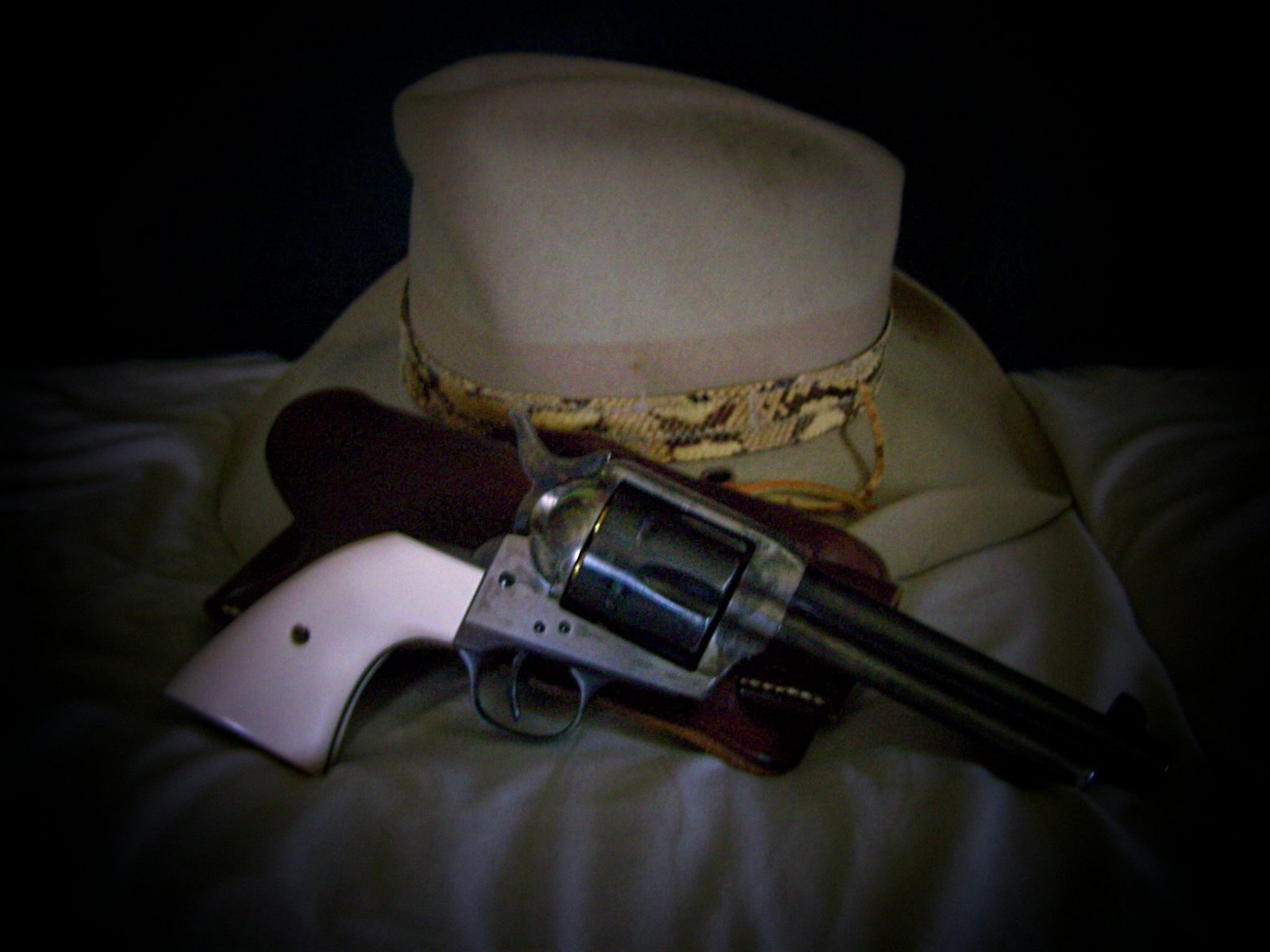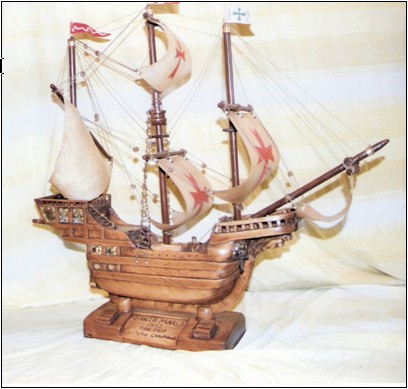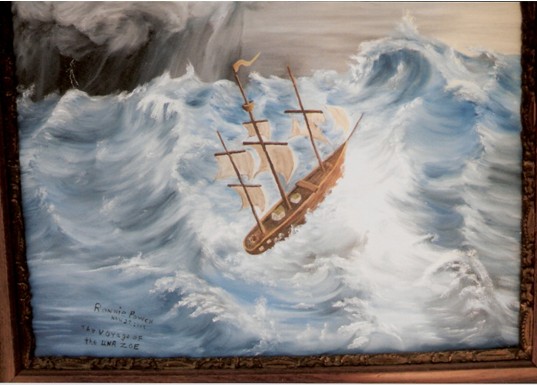
A Time to Remember
The intruder
By Ronnie Powell
During the summer of 1967, Father, stricken with Parkinson disease had become bedfast, totally dependent on Mother. Nearly every evening my wife, the children and I arrived at the old farmhouse to help in any way we could. Mother distraught by the added burden of caring for Father, and him despondent by the terrible affliction welcomed our presence, especially the children.
The farm or so it appeared to me huddled without purpose around the old house. The pastures and fields deserted; the milk barn dark and dusty. The flowers Mother had taken great pride in drooped as if resigned to an untimely end. The farm had become a lonely place and even the Whippoorwill that came each night to sit in a high branch of the oak tree outside the kitchen window calling, sounded especially forlorn. A dreadful reality had befallen this place of memories. It was not a good time for any of us.
Mother informed me a few weeks earlier that someone was sneaking around at night pilfering through the outbuildings including the cellar taking things, tools, jars of canned goods and perhaps even other items she was not aware of. She of course was angry, but worse frightened that the intruder or intruders might break into the house. She did not inform Father of the situation, but he knew, I could sense it, but no longer able to communicate clearly he said nothing. There was little the law could do, short of remaining at the farm every night.
One evening near midsummer as usual the family and I arrived and took up our watch, helping Mother and sitting around visiting. I went to the bedroom where Father, lay propped up on pillows, talking to him and trying to understand his replies. The evening had faded into night. The mercury vapor light mounted on a pole above the garage below the house awakened with a soft glow pushing aside a bit of the darkness.
Sometime later, Joyce quietly informed me that she and mother had heard what sounded like a car door shutting somewhere near the house. Each of us cautiously peered out a window trying to locate the sound, but to no avail.
Mother was understandably upset and since my parents had no phone, I decided to have a look outside. I left the house under protest from Mother and walked as nonchalantly as I could down a short path to the garage where our Chevy sat near the yard light. I saw nothing amiss, but entertained a feeling that I was being watched and decided to go to the Chevy where on the front seat I had left a revolver. It lay where I had placed it, glinting dully in the shadowed light. I quickly took possession of the firearm, carrying it loosely, dangling from my right hand. Reasonably certain there was nothing to be concerned about I started back up the path toward the house.
I was wrong.
I cannot say what prompted me to look into the garage where my parents Ford set; perhaps it was instinct, a detached primeval force inherent in all creatures. Standing there half in shadow and light I saw a man, staring intently at me. I will never forget the eyes, wide with fear, in a face pale and drawn. He suddenly moved out into the light, bringing up his right hand rather quickly appearing to be holding a long barrel, nickel plated handgun. Mere seconds passed and I don’t remember bringing up the revolver I held in my hand, firing it once, but I heard the loud report and the bullet’s impact hitting the fellow. He screamed like no other person I have ever heard before, clutching his left side, dropping the object he’d held in his hand, ( a long, nickel plated screw driver) and ran, still screaming, hitting a barbed wire fence, catapulting over it.
Mother and Joyce had stepped out of the house onto the porch. Mother screamed, a piercing sound reverberating against the night. I stood in stunned silence listening to the rapid footsteps of the intruder and then heard the sound of an automobile speeding away.
The Sheriff at the time said only that I had been justified in firing my weapon and the incident ended there. The intruder remained unknown along with the severity of the man’s wound.
It was not that I lay awake during the following nights, guilt ridden by what I had down, but the memory of the man’s eyes and face and sound of him screaming haunt me even today. I concluded he wanted only to escape and did not intend to hurt me, but the price he paid for being a thief, surely haunts him as well, if indeed he is still alive. Adios
The intruder
By Ronnie Powell
During the summer of 1967, Father, stricken with Parkinson disease had become bedfast, totally dependent on Mother. Nearly every evening my wife, the children and I arrived at the old farmhouse to help in any way we could. Mother distraught by the added burden of caring for Father, and him despondent by the terrible affliction welcomed our presence, especially the children.
The farm or so it appeared to me huddled without purpose around the old house. The pastures and fields deserted; the milk barn dark and dusty. The flowers Mother had taken great pride in drooped as if resigned to an untimely end. The farm had become a lonely place and even the Whippoorwill that came each night to sit in a high branch of the oak tree outside the kitchen window calling, sounded especially forlorn. A dreadful reality had befallen this place of memories. It was not a good time for any of us.
Mother informed me a few weeks earlier that someone was sneaking around at night pilfering through the outbuildings including the cellar taking things, tools, jars of canned goods and perhaps even other items she was not aware of. She of course was angry, but worse frightened that the intruder or intruders might break into the house. She did not inform Father of the situation, but he knew, I could sense it, but no longer able to communicate clearly he said nothing. There was little the law could do, short of remaining at the farm every night.
One evening near midsummer as usual the family and I arrived and took up our watch, helping Mother and sitting around visiting. I went to the bedroom where Father, lay propped up on pillows, talking to him and trying to understand his replies. The evening had faded into night. The mercury vapor light mounted on a pole above the garage below the house awakened with a soft glow pushing aside a bit of the darkness.
Sometime later, Joyce quietly informed me that she and mother had heard what sounded like a car door shutting somewhere near the house. Each of us cautiously peered out a window trying to locate the sound, but to no avail.
Mother was understandably upset and since my parents had no phone, I decided to have a look outside. I left the house under protest from Mother and walked as nonchalantly as I could down a short path to the garage where our Chevy sat near the yard light. I saw nothing amiss, but entertained a feeling that I was being watched and decided to go to the Chevy where on the front seat I had left a revolver. It lay where I had placed it, glinting dully in the shadowed light. I quickly took possession of the firearm, carrying it loosely, dangling from my right hand. Reasonably certain there was nothing to be concerned about I started back up the path toward the house.
I was wrong.
I cannot say what prompted me to look into the garage where my parents Ford set; perhaps it was instinct, a detached primeval force inherent in all creatures. Standing there half in shadow and light I saw a man, staring intently at me. I will never forget the eyes, wide with fear, in a face pale and drawn. He suddenly moved out into the light, bringing up his right hand rather quickly appearing to be holding a long barrel, nickel plated handgun. Mere seconds passed and I don’t remember bringing up the revolver I held in my hand, firing it once, but I heard the loud report and the bullet’s impact hitting the fellow. He screamed like no other person I have ever heard before, clutching his left side, dropping the object he’d held in his hand, ( a long, nickel plated screw driver) and ran, still screaming, hitting a barbed wire fence, catapulting over it.
Mother and Joyce had stepped out of the house onto the porch. Mother screamed, a piercing sound reverberating against the night. I stood in stunned silence listening to the rapid footsteps of the intruder and then heard the sound of an automobile speeding away.
The Sheriff at the time said only that I had been justified in firing my weapon and the incident ended there. The intruder remained unknown along with the severity of the man’s wound.
It was not that I lay awake during the following nights, guilt ridden by what I had down, but the memory of the man’s eyes and face and sound of him screaming haunt me even today. I concluded he wanted only to escape and did not intend to hurt me, but the price he paid for being a thief, surely haunts him as well, if indeed he is still alive. Adios











